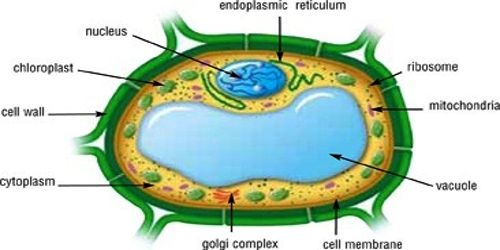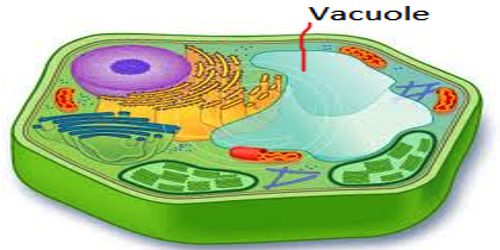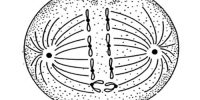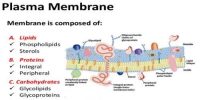Vacuole: The open spaces found in the cytoplasm are the vacuole. It is a space or vesicle within the cytoplasm of a cell, enclosed by a membrane and naturally containing fluid. They are found in both animal and plant cells but are much bigger in plant cells. Vacuoles may accumulate food or any diversity of nutrients a cell may require to survive. In immature cell their number are numerous and little in size.
But in a mature cell all the vacuoles combined together to form a large vacuole. The thin membrane that covers the vacuole is called tonoplast. The internal fluid of the vacuole is called cell sap. Diverse kind of inorganic salts, organic acid, carbohydrate, protein, fat, various multifarious substances, and various colors are present in the cell sap.

Structure: The structure of vacuoles is quite simple. There is a membrane that surrounds a mass of fluid. In that fluid are nutrients or waste products. Plants might also use vacuoles to store water. Those tiny water bags help to sustain the plant. They are intimately related to objects called vesicles that are originate throughout the cell.
Function: Vacuoles can provide a wide variety of functions in a cell, and their significance depends on what function they play within the cell. Typically, their job includes isolating harmful materials, storing waste products, storing valuable water in a plant cell, helping maintain the pressure within a cell, balancing the pH of a cell, exporting products out of the cell, and storing proteins for seed germination.














